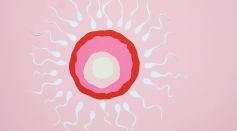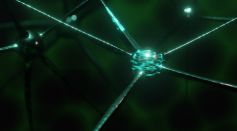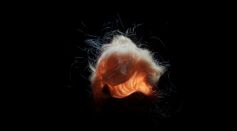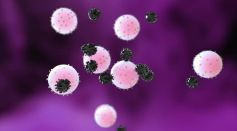Tags: Cells

Supercomputer Simulation Showed How Energy Transfer Between Cellular Bodies Happen Just Outside the Mitochondria
Rockefeller University Developed a 3D Imaging to Capture How Ribosome Assembly Works in Nucleolus For the First Time
Function of Membrane-Free Cell Compartments Now Better Understood Through Food Science Principles
AI-Powered Single-Cell Atlas Developed; Effective on Detecting Single Disease Cell Including COVID-19
Cellular Ancestry Identified Through Cell Mutation Profiles
Protein Involved in Tumor Growth May Help Protect Against Neuronal Decay, Prevent Neurodegeneration

Congenital Heart Disease and Autism in Children Possibly Caused by Sperm Mutation in Older Men

Seeing Individual Cells Now Possible With New Technique Using Sound, California Institute of Technology Research Says

How Do Brain Cells Form? Scientists Introduce Molecular Atlas that Mapped Fetal Development of Brain

AI Innovation 'AlphaFold' May Lead to Human Proteome Revolution!
How The Transcription Factor Guides the DNA in Specialized Cell Development
Protein Superglue! New Approach to Pick Therapeutic Drugs Developed for a Healthy Body

Biologists Rediscover 140-Year-Old Genus of Forgotten Yellow Cells in Underwater Algae

COVID-19 Virus Being Copied and Trapped, 'Nanodecoy' Cells Produced by Human Lungs
Brain Condition Treatment May Be Possible As New Study Finds Immune Cells That Shield Brain, Spinal Cord Comes from Skull
Lab-Grown Miniature Organs Beat Like a 25-Day-Old Human Embryo’s Heart
Cancer Cells Manipulate 3D Structure of Their DNA , Enhancing Oncogene Activity
New Skin Repair Study Takes Organ Regeneration One Step Closer

Scientists Fabricate Artificial Cell With Life-Like Bahavior
Artificial Human Embryo from Human Skin Cells: A Pair of Studies Spoils Common Belief About Life's Beginning
Most Popular

Memory and Learning: How the Brain Stores, Retrieves, and Forgets Information

Gut Microbiome 101: How Gut Bacteria Influence Immunity, Mood, and Metabolism

How Solar Activity Shapes Our Planet: What the Next Solar Maximum Means for Earth

The Strongest Tornadoes Ever Recorded: Scientific Breakdown of Extreme Tornado Events




